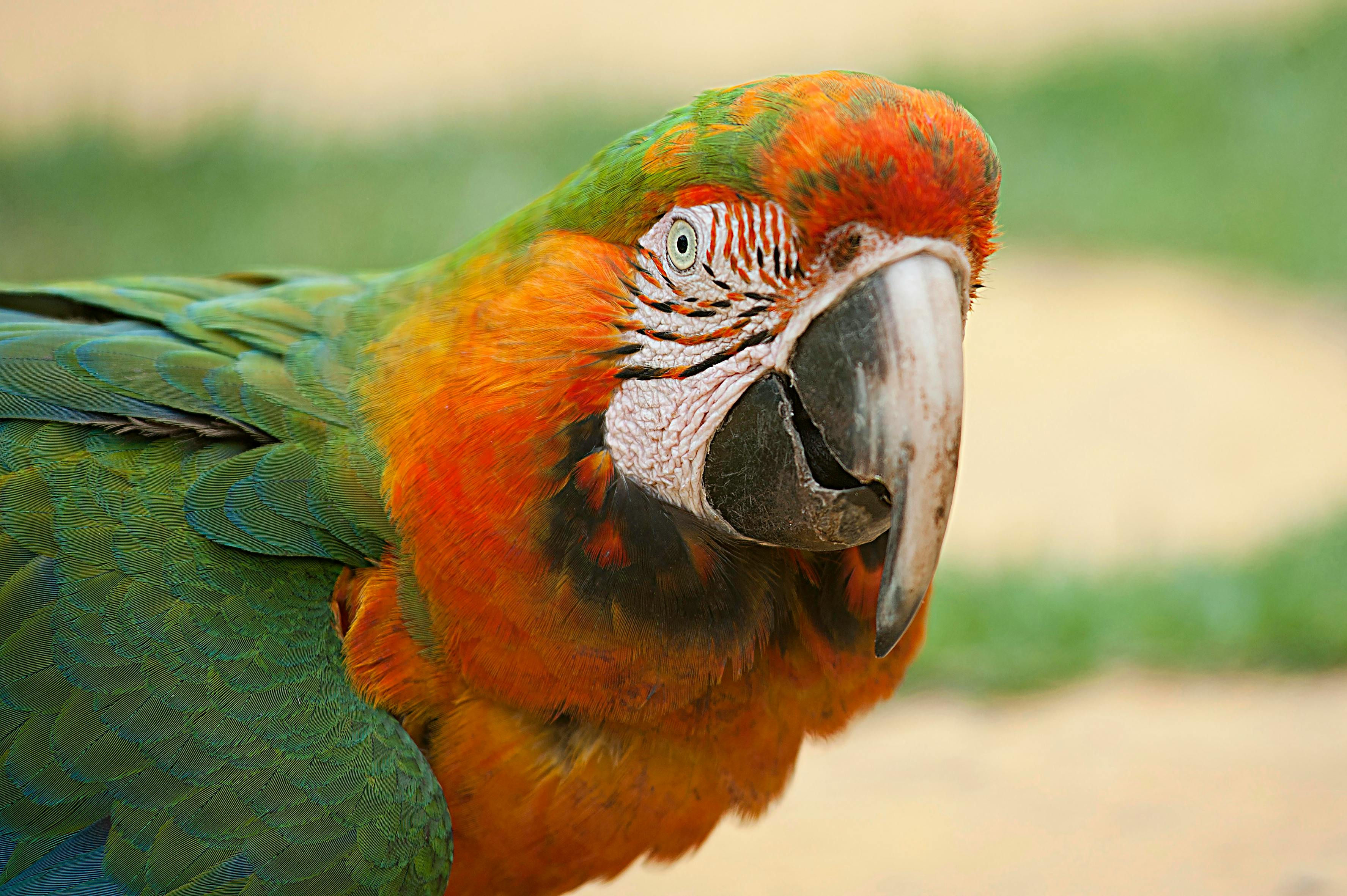
Sailfish vs Swordfish: The Ultimate Comparison in 2025
Understanding the key differences between sailfish and swordfish can greatly enhance your fishing experience and ensure ethical practices. These two magnificent species often captivate anglers and fish enthusiasts alike. In this guide, we will explore their characteristics, habits, habitats, and much more, providing insights into fishing techniques and practices that will help you on your epic fishing trips.
Sailfish Characteristics
The sailfish is known for its striking appearance and incredible speeds, making it one of the most sought-after game fish in ocean fishing. With a long, slender body and a large dorsal fin, the sailfish can grow up to 10 feet long and weigh as much as 200 pounds. One of its most remarkable features is its capability to swim at extraordinary speeds, reaching up to 68 miles per hour. This incredible speed aids in both hunting and evading predators, making it a prized catch for anglers.
Sailfish Diet
Sailfish primarily feed on smaller fish and squid. They are opportunistic predators, utilizing their speed and agility to outmaneuver schools of prey. During a typical feeding session, sailfish can exhibit remarkable hunting techniques, including luring their prey with flashes of their menacing bills. Understanding their feeding habits is crucial for a successful fishing expedition, as it allows anglers to choose the best baits and fishing methods. Popular baits include live bait such as herring or squid.
Sailfish Migration Patterns
Sailfish have distinct migration patterns that greatly influence fishing seasons. These fish typically migrate to warmer waters during the winter and return to cooler waters in the summer. Anglers can capitalize on these patterns by scouting fishing hotspots in line with the season. Tracking sailfish migration not only enhances fishing outcomes but also contributes to better understanding their ecological roles in marine ecosystems.
Swordfish Habits
Unlike sailfish, the swordfish is known for its unique shape, characterized by a long, flat bill and robust body. Swordfish can reach lengths of up to 14 feet and weights exceeding 1,000 pounds. They are primarily nocturnal feeders, usually hunting deep in the ocean at night. Their impressive size and hunting prowess have led them to be labeled as one of the ocean's apex predators, often hunting squid, fish, and occasionally other marine creatures.
Swordfish Feeding
The feeding habits of swordfish differ significantly from those of sailfish. Swordfish tend to hunt larger prey and rely on their speed and stealth to approach. They have the ability to dive deep into cooler waters during the day, where they come into contact with a variety of fish species, primarily targeting large squid and fish. Understanding swordfish feeding behavior is essential for selecting the best fishing techniques and bait that will attract them, such as jigs or larger live bait offerings.
Swordfish Conservation
Fishing regulation and conservation efforts are crucial for maintaining sustainable swordfish populations. Overfishing and habitat loss pose significant challenges to swordfish numbers. Anglers are encouraged to participate in sustainable fishing practices, such as adhering to specific fishing regulations, using appropriate gear, and focusing on catch-and-release when possible. Monitoring swordfish populations also plays a vital role, ensuring that future generations can experience this incredible species.
Sailfish vs Swordfish: A Comparative Analysis
When it comes to a sailfish vs swordfish comparison, both species offer unique experiences and challenges for anglers. Identifying their differences is essential for any fisherman aiming to catch either species successfully. Knowing sailfish anatomy and swordfish anatomy can assist in recognizing their distinct physical features.
Fishing Techniques for Sailfish
To catch sailfish, anglers often employ techniques such as trolling using high-speed lures or live baits at varying depths. Sailfish are more likely to be found near the surface, making surface trolling a highly effective technique. Thorough knowledge of sailfish behavior and the currents can produce excellent results during peak fishing seasons.
Fishing Techniques for Swordfish
Swordfish fishing involves unique challenges due to their elusive nature and nocturnal habits. Night fishing, combined with deep-drop fishing methods, helps anglers target this species effectively. Anglers typically use heavier tackle, including robust fishing rods and strong lines that can withstand the powerful rush of a swordfish. Experienced anglers often opt for circle hooks and larger live baits to increase their chances of landing this behemoth.
Key Takeaways
- Sailfish are faster, with remarkable swimming abilities up to 68 mph, while swordfish are larger, with adults capable of exceeding 1,000 pounds.
- Understanding each species’ feeding and migration patterns can lead to more successful fishing trips.
- Using appropriate bait and fishing techniques tailored to each species can greatly enhance your catch rate.
- Conservation and sustainability practices are essential for promoting healthy populations of both sailfish and swordfish.
FAQ
1. What is the best bait for catching sailfish?
The best bait for catching sailfish typically includes live options such as smaller fish species, including ballyhoo or herring. Anglers also find success using lures mimicking the natural movement of prey in the water.
2. How heavy can a swordfish get?
A swordfish can grow remarkably large, with adults reaching weights of over 1,000 pounds. Their size and strength make them a challenging but rewarding catch for experienced anglers.
3. Are sailfish considered endangered?
Sailfish populations experience pressure due to overfishing and habitat loss. Conservation efforts are underway to monitor their numbers and promote sustainable fishing practices to protect this iconic species.
4. What techniques are effective for targeting swordfish?
For targeting swordfish, night fishing with deep-drop methods using heavy tackle is highly effective. Anglers should utilize larger bait and ensure they comply with local fishing regulations.
5. What are the key differences between sailfish and swordfish?
The primary differences include their physical characteristics; sailfish display a larger dorsal fin while swordfish have a characteristic long flat bill. Additionally, sailfish are more active during the day, while swordfish typically hunt at night.